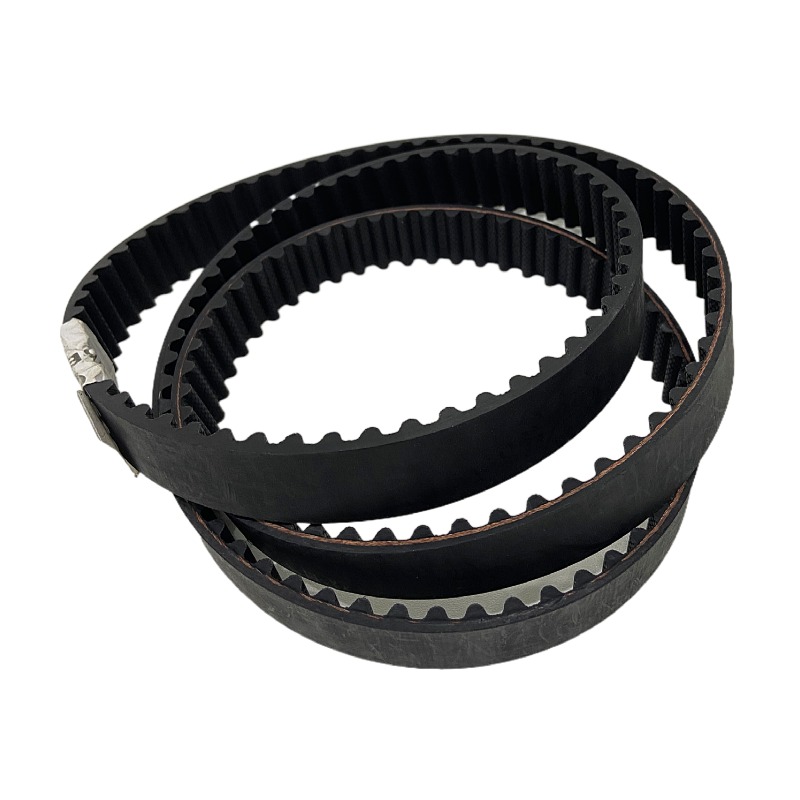- Arabic
- French
- Russian
- Spanish
- Portuguese
- Turkish
- Armenian
- English
- Albanian
- Amharic
- Azerbaijani
- Basque
- Belarusian
- Bengali
- Bosnian
- Bulgarian
- Catalan
- Cebuano
- Corsican
- Croatian
- Czech
- Danish
- Dutch
- Afrikaans
- Esperanto
- Estonian
- Finnish
- Frisian
- Galician
- Georgian
- German
- Greek
- Gujarati
- Haitian Creole
- hausa
- hawaiian
- Hebrew
- Hindi
- Miao
- Hungarian
- Icelandic
- igbo
- Indonesian
- irish
- Italian
- Japanese
- Javanese
- Kannada
- kazakh
- Khmer
- Rwandese
- Korean
- Kurdish
- Kyrgyz
- Lao
- Latin
- Latvian
- Lithuanian
- Luxembourgish
- Macedonian
- Malgashi
- Malay
- Malayalam
- Maltese
- Maori
- Marathi
- Mongolian
- Myanmar
- Nepali
- Norwegian
- Norwegian
- Occitan
- Pashto
- Persian
- Polish
- Punjabi
- Romanian
- Samoan
- Scottish Gaelic
- Serbian
- Sesotho
- Shona
- Sindhi
- Sinhala
- Slovak
- Slovenian
- Somali
- Sundanese
- Swahili
- Swedish
- Tagalog
- Tajik
- Tamil
- Tatar
- Telugu
- Thai
- Turkmen
- Ukrainian
- Urdu
- Uighur
- Uzbek
- Vietnamese
- Welsh
- Bantu
- Yiddish
- Yoruba
- Zulu
apr. . 11, 2024 09:13 Back to list
What Is a Timing Belt & When Should You Replace It? Timing Belt

Timing is everything. For jokes, music, cooking, dating—even engines! That’s because your car’s engine relies on a timing belt to stay in sync. The timing belt makes sure everything in the engine is operating smoothly, keeping you safe on the road.
Replacing the timing belt is an important maintenance item! So, if you own a car, you should understand how a timing belt works and when to replace it.
Read: The Car Maintenance Checklist Every Driver Needs
What is a timing belt?
Think of a timing belt like a bike chain for your vehicle—it keeps all the internal moving parts of an engine in sync. It also sometimes powers the water pump, oil pump and injection pump.
Auto timing belt 90916-09041 car belt 163s8m27 for Auto engine with high quality
The timing belt is a rubber belt with hard teeth that interlock with the cogwheels of the crankshaft and the camshafts. It synchronizes the movement of the crankshaft and camshafts. This ensures that the engine intake and exhaust valves open and close in time with the pistons. If the crankshaft and camshafts are not operating in unison, the vehicle will not run correctly.
If the intake valves open too early, there may be too much fuel-air mixture flowing into the engine combustion chamber, leading to poor combustion and power loss. And if the exhaust valves open too early, the combustion chamber will lose pressure and cause a power loss. If the engine components are very out of sync, they might collide and damage each other, resulting in costly repairs.
Timing Belt vs. Timing Chain
Depending on your vehicle model, you might have a timing chain instead of a timing belt. A timing chain functions the same as a belt, but it is metal instead of rubber. Because they are lighter and quieter, timing belts became popular to use after they were introduced in the 1960s.
Thanks to design improvements and a long lifespan, many modern cars have returned to using timing chains instead. If your car has a timing chain instead of a timing belt, you may be able to go longer before replacing the timing chain. As always, check your owner’s manual or give us a call to be sure.
When should you replace the timing belt?
It’s important to replace your timing belt at the mileage intervals your vehicle manufacturer recommends. Every manufacturer is different, but typically, it needs to be replaced every 60,000–100,000 miles. The recommended interval for your specific vehicle can be found in your car’s owner’s manual.
Because the timing belt is made of rubber, it will wear down over time and eventually break. When it breaks, the engine will stop running or the components will be out of sync, damaging the engine.
If you don’t replace the timing belt at the recommended time, you could end up with total engine failure, broken or bent valves, cylinder head or camshaft damage, and piston and cylinder wall damage. This is not the type of situation where it’s safe to think: ‘If it’s not broke, don’t fix it.’ Replace the timing belt according to the manufacturer’s maintenance schedule to avoid thousands of dollars repairing or replacing your engine.
8 Signs That It’s Time to Replace the Timing Belt
Often, there aren’t any warning signs before a timing belt breaks. But here are some possible indicators that it might be time to replace your belt:
- Decreased engine power
- Overheating
- Vibrating or shaking
- Trouble starting the vehicle
- Squealing or rubbing noises from the belts
- Ticking noise coming from the engine
- Leaking oil
- Check Engine Light
While your vehicle is in for service, we recommend also replacing the water pump. The water pump usually has a similar lifespan and is easy to access when the timing belt is off. That way you save money on labor costs.
-
Korean Auto Parts Timing Belt 24312-37500 For Hyundai/Kia
NewsMar.07,2025
-
7PK2300 90916-T2024 RIBBED BELT POLY V BELT PK BELT
NewsMar.07,2025
-
Chinese Auto Belt Factory 310-2M-22 For BMW/Mercedes-Benz
NewsMar.07,2025
-
Chinese Auto Belt Factory 310-2M-22 For BMW/Mercedes-Benz
NewsMar.07,2025
-
90916-02660 PK Belt 6PK1680 For Toyota
NewsMar.07,2025
-
drive belt serpentine belt
NewsMar.07,2025


